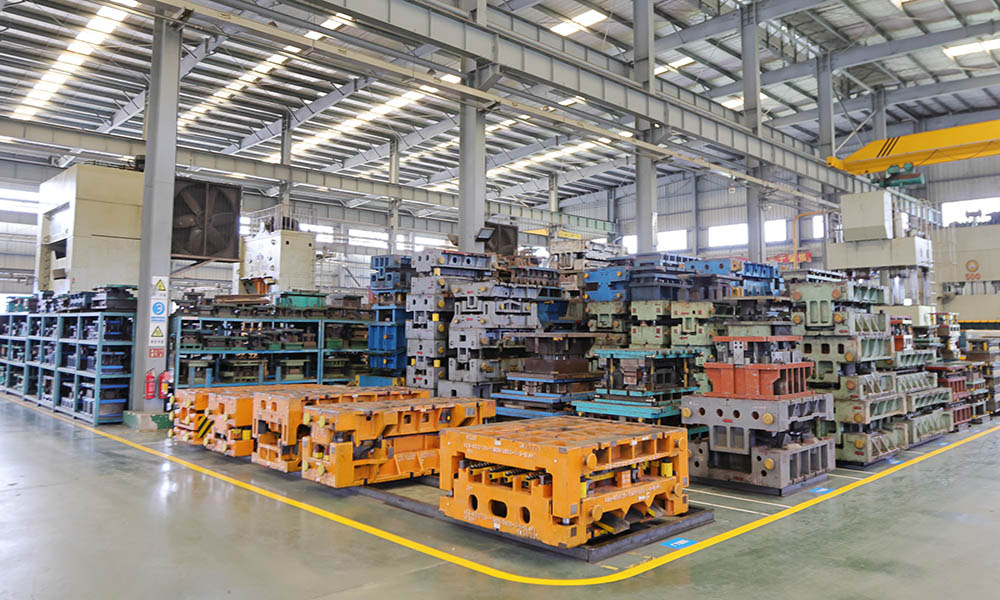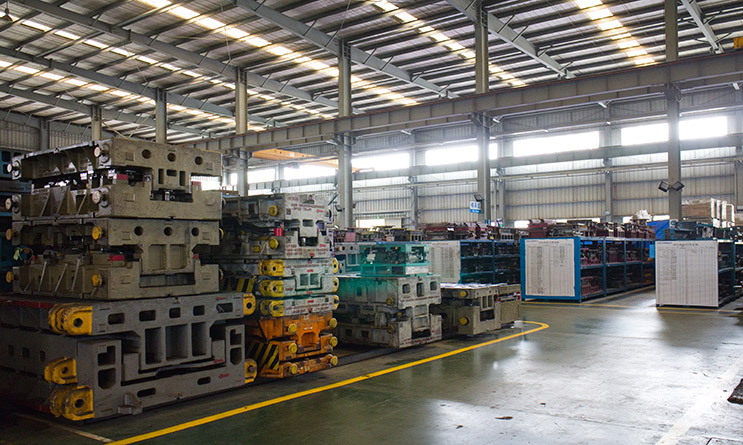Mold manufacturing, or mold making, refers to the process of creating molds that are used to shape materials (usually plastics, metals, or ceramics) into desired products.

Molds are essential in manufacturing industries, particularly in injection molding, die casting, and other mass production processes.
The molds can be made of various materials, such as steel, aluminum, and even silicone, depending on the material being molded and the desired precision and durability.
Here’s a breakdown of the process:
1. Designing the Mold
CAD Software: The process starts with designing the mold using computer-aided design (CAD) software. The design includes the shape, size, and any features needed in the final product, such as holes, threads, and surface textures.
Mold Components: A mold typically consists of a core (the part of the mold that shapes the material) and a cavity (the space where the material is injected or poured).
2. Material Selection
The material chosen for the mold depends on factors like the type of product being made, volume of production, and cost.
Common materials for molds include:
Steel: Durable and resistant to wear, often used for high-volume production.
Aluminum: Lighter and easier to machine, commonly used for prototypes or low to medium-volume production.
Silicone: Flexible and can be used for molding certain rubber-like or plastic materials.
Copper Alloys: Sometimes used for specific high-performance applications.
3. CNC Machining / 3D Printing
CNC (Computer Numerical Control) Milling: This is often used for precision cutting and shaping the mold from a solid block of material.
3D Printing: In some cases, molds are prototyped using 3D printing, especially for low-volume runs or complex geometries that would be difficult to machine.
4. Mold Assembly
After machining or printing, the mold parts (core, cavity, runners, and gates) are assembled. These are the components that will direct and control the flow of material into the mold during production.
5. Mold Testing (Trial Runs)
A mold is usually subjected to test runs to ensure everything functions as expected. This is called “mold trialing” and allows manufacturers to identify any issues like air pockets, improper filling, or cooling inefficiencies.
During this phase, adjustments are often made to improve mold performance.
6. Injection Molding or Casting
Injection Molding: For plastic products, the mold is used in an injection molding machine where molten plastic is injected into the cavity under high pressure, then cooled and ejected as a solid product.
Die Casting: For metals, especially non-ferrous metals like aluminum and zinc, die casting uses a similar process but at higher temperatures.
7. Finishing and Inspection
After molding, the parts may undergo secondary operations like trimming, polishing, painting, or coating.
Rigorous inspection ensures the quality of the final product, checking for defects, dimensional accuracy, and other quality control standards.

Types of Molds:
Injection Molds: Used for mass-producing plastic or metal parts.
Compression Molds: Often used for rubber and plastic parts, where material is placed in the mold cavity and compressed with heat to form the shape.
Blow Molds: Used for hollow plastic parts (like bottles) by inflating hot plastic inside a mold.
Die Molds: Used in metal casting to produce parts through stamping or die-cutting.
Key Considerations in Mold Manufacturing:
Material Properties: The chosen material for the mold needs to withstand the temperatures and pressures of the molding process.
Precision: Mold accuracy is critical for the final product, especially in industries like automotive or aerospace, where tight tolerances are required.
Durability: Molds, especially for high-volume production, need to be able to withstand many cycles of operation without significant wear.
Would you like to know more about any specific aspect of mold manufacturing, or are you working on a particular project related to molds?

